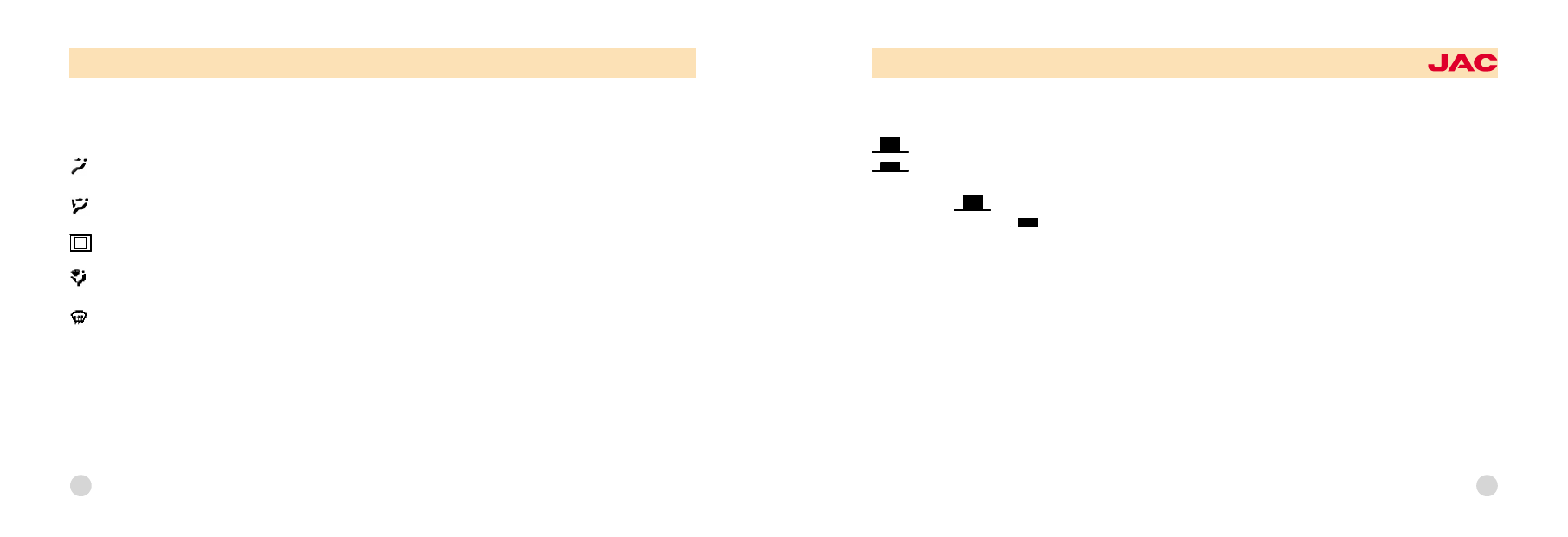Content .. 1208 1209 1210 1211 ..
Isuzu N-Series. Manual - part 1210

AIR INTAKE CONTROL
This is used to select fresh outside air or recirculation inside air.
Fresh
Recirculation
To change air intake control mode, (Fresh mode Recirculation mode) push the control button.
FRESH MODE (
): The indicator lamp on the button goes out when the air intake control is fresh mode.
RECIRCULATION MODE (
): The indicator lamp on the button is illuminated when the air intake control is recircu鄄
lation mode.
With the "fresh" mode selected, air enters the vehicle from outside and is heated or cooled according to the other func鄄
tions selected.
With the "fresh" mode selected, air from within the passenger compartment is drawn through the heating system and
heated or cooled according to the other functions selected.
NOTE:
It should be noted that prolonged operation of the heating system in "recirc" mode will give rise to misting of the wind鄄
shield and side windows and the air within the passenger compartment becoming stale. In addition prolonged use of the
air conditioning with the "Recirculate" mode selected may result in the air within the passenger compartment becoming
excessively dry.
55
AIR FLOW CONTROL
This is used to direct the flow (of air. Air can be directed to the floor, dashboard outlets, or windshield. Five symbols are
used to represent Face,Bi-Level, Floor, Floor-Defrost and Defrost air position.
Face-Level
Selecting the "Face" mode will cause air to be discharged through the face level vents.
Bi-Level
Air is discharged through the face vents and the floor vents.
Floor-Level
Air is discharged through the floor vents.
Floor-Defrost Level
Air is discharged through the windshield defrost vents and the floor vents.
Defrost-Level
Air is discharged through the windshield defrost vents.
x
54
OWNER爷S MANUAL
JAC HEAVY DUTY TRUCK